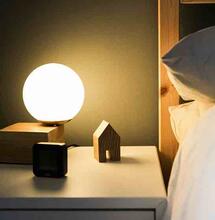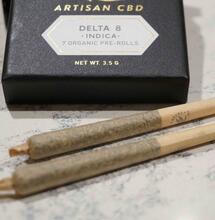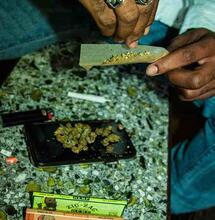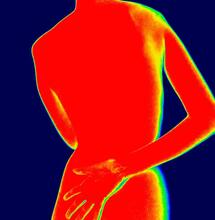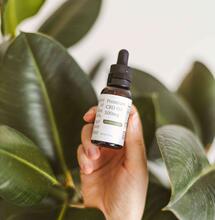How to Read a CBD Label
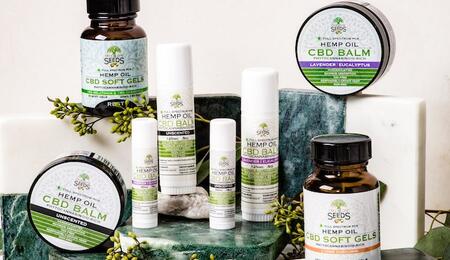
CBD is becoming more and more popular, but are consumers sure of what they're buying? CBD product manufacturers often imitate the lay out of dietary ingredient labels. Read on to find out what to look for and how to understand CBD labelling when buying a CBD product.
Dosage
CBD dosage is the essential thing a label should tell you, including the total milligrams (mg) of CBD in the whole product, plus serving size, mg per serving, and number of servings. A milligram is one-thousandth of a gram. However, it. must be said that lab tests often find that CBD labels are inaccurate.
Serving size
The serving size, the amount of CBD per serving, and the number of servings that are in a package are nearly as important as total CBD. There is no standard dose of CBD. Your desired dosage will depend on many factors including your health and the form of CBD that you are taking
CBD oil source
Knowing exactly where the CBD comes from is essential. Typically, CBD products created for the medical and adult-use markets originate from plants bred for strong effects, aromas, and flavours and often contain THC. In contrast, hemp-derived CBD comes from industrial hemp plants containing less than 0.3% THC.
Full-spectrum CBD means that the product contains minor amounts of other cannabinoids and terpenes, including THC.
Broad-spectrum CBD indicates that the product includes tiny levels of other minor cannabinoids and terpenes but not THC.
CBD isolate is made up of pure crystals that contain no other cannabinoids and terpenes.
Red Flags
Look out for CBD sourcing information that appears vague or that literally makes no mention of CBD whatsoever. Watch out for "hemp extract" or "hemp oil." The manufacturer deflects any claim to deliver actual CBD by using these phrases. Amazon.com has low-quality "hemp oil" products that make medical claims but contain no CBD.
Batch numbers
Batch numbers are a guarantee of accountability. Without a batch number, you cannot tell when or where it was made.
Manufacturing date
CBD degrades over time depending on the product and how you store it. The manufacturing date tells you how old a product is. When it comes to CBD-rich flowers, the fresher, the better; CBD tinctures and edibles should be consumed within months, not years.
Third-party certification
A third-party certification guarantees the accuracy of the manufacturer's claims. One popular type is a Certificate of Analysis (COA) from a testing lab. Lab quality does vary however.
Ingredients
Aside from raw CBD oil or CBD isolate, most CBD products contain other ingredients. Gummies will commonly contain glycerin, colours, and flavours. Tinctures are often combined with oils, spirits and glycerin. You should examine all ingredients for their quality, purity, and the presence of allergens.
QR codes
QR codes are optional but remain one of the best ways to assure product quality. Scanning a product's QR code will usually download its test results.
Warning labels
CBD can have drug interactions and is not for everyone so make sure that you follow all warnings .
Contact info
This info allows you to find out more about the manufacturer behind the product and research it in order to make an informed choice.
Ingredients to avoid
Watch out for "hemp oil" and "hemp extract", two vague terms commonly used on products and that contain zero CBD. In CBD vape pens you should try and avoid any additives. This includes thinners, thickeners, flavourings, vitamins and essential oils. Vaguely worded "natural ingredients" are another red flag when it comes to CBD vapes. Many "natural ingredients" like vegetable oil have no place in vapes.
More on this topic from Soft Secrets:



